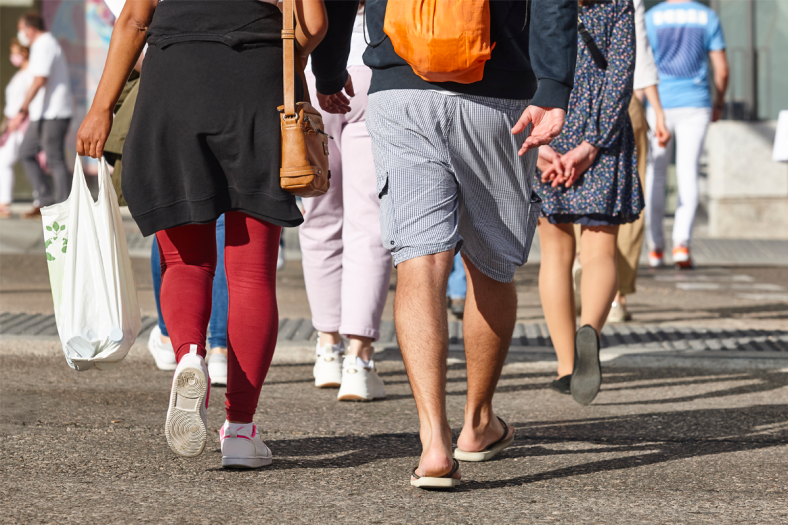While in recent years strides have been made towards eliminating HIV in inner Sydney, the virus responsible for AIDS still poses a risk.

Rates in the city are down, but HIV remains a risk
“There has been a lot of excitement about virtual elimination of HIV in inner suburbs of Sydney, but that doesn’t necessarily translate to other areas,” says Eloise Milthorpe, Director of Population Health for Nepean Blue Mountains Local Health District (NBMLHD).
“We continue to see HIV in other places with a fast-growing population and high immigration, including within our Local Health District.”
Common misunderstandings of HIV and AIDS persist, which may also lead to the virus spreading among some groups of people.
“It’s also important to remember that HIV and AIDS don’t just affect gay men,” says Eloise.
“Anyone with multiple sexual partners can be at risk of HIV, and there has been an increase in those who were born overseas or who travel overseas.”
These trends are reflected in the latest NSW HIV Surveillance Reports.
Higher rates of HIV in some areas may be related to language diversity and the availability of translated health information.
The NSW Multicultural HIV and Hepatitis Service (MHAHS) provides a useful, downloadable booklet, HIV. What you need to know, summarising current information on HIV in eight different languages, aiming to educate community members from higher-risk minority populations and connect them with health service providers.
Staff from NBMLHD are engaged with other services, including GPs, to continue the global fight to eliminate HIV in which Australia is a recognised forerunner.
“While HIV is not nearly as prevalent as it once was, people need to know that it’s still out there,” says Eloise.
Find more information on our website about how to protect yourself from STIs and sexual health services in the Nepean Blue Mountains area.








